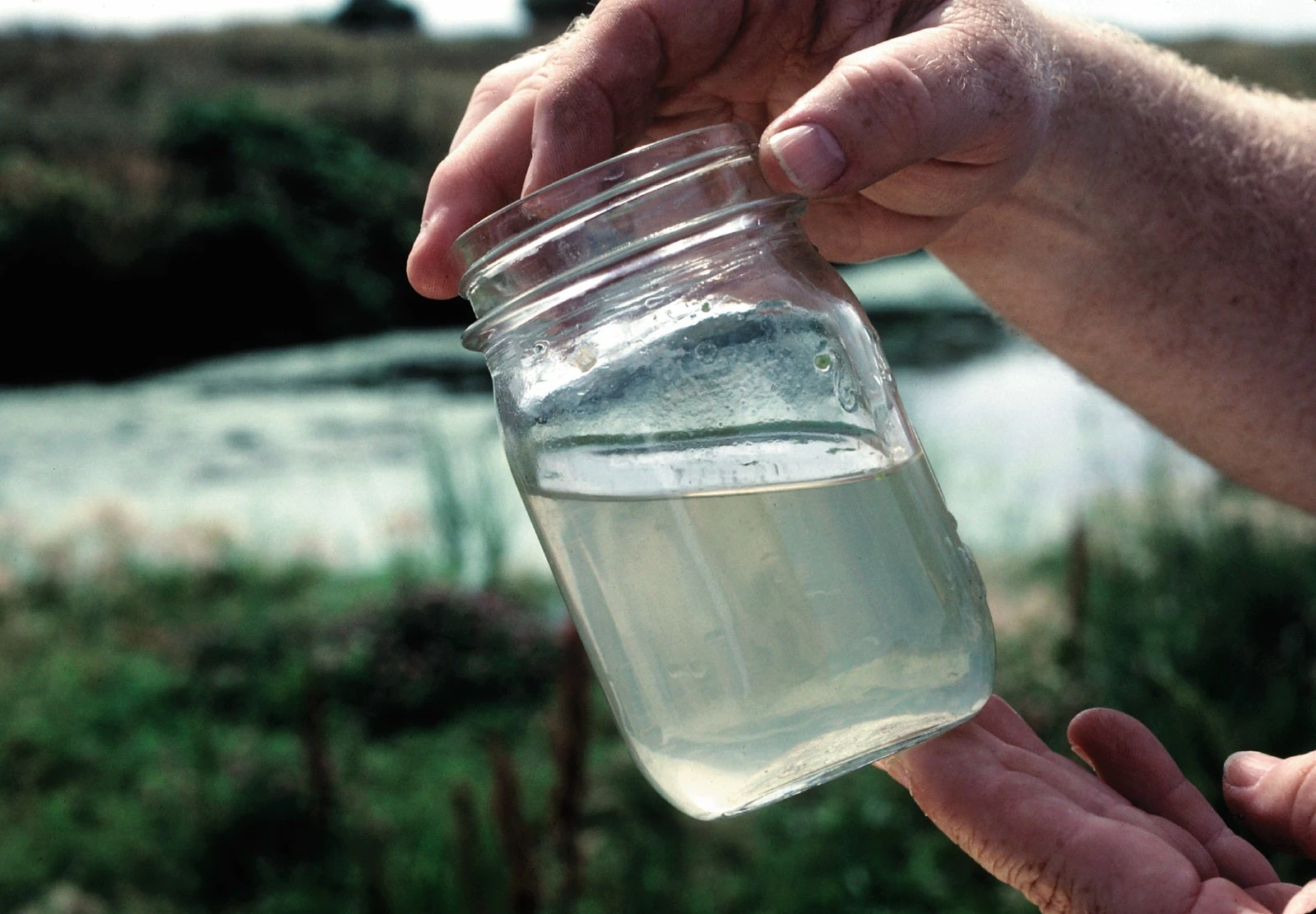
Drinking water utilities, water resource management agencies, and environmental regulators across the world are required to establish laboratories to test water quality. Proper testing ensures that water is safe for its intended use, whether that be drinking, bathing, fishing, watering crops, or sustaining ecological health. Yet we routinely find poorly-functioning analytical labs. Failure to follow standardized procedures, maintain certification, and perform routine checks for quality assurance and quality control (QA/QC) compromises the reliability of lab results. As a result, the data are of limited use for managing water safety.
How big is this problem? Inadequate lab facilities are often cited as a challenge or limitation in development-related literature, though statistics are hard to come by. In fact, labs have been cited as a compounding factor in mass arsenic poisoning in Bangladesh: a lack of laboratory capacity was one of several reasons that no one tested the groundwater for arsenic before millions of tube wells were installed to supply drinking water. In 2000, a review of water quality monitoring in the Russian Federation concluded that data quality was a major problem, with laboratories “worse than many found in developing countries.”
Why do labs fail?
Labs can become the weak link in the water quality assessment chain because they are vulnerable on several levels:- Technical: Analyzing water quality in a lab setting requires specialized equipment, a reliable source of electricity, and a functional supply chain to restock chemical reagents and other consumables. Maintaining or repairing laboratory equipment may be difficult or impossible if parts and expertise are scarce.
- Human resources: Personnel may have insufficient time, space, or training to handle and analyze the samples correctly. It may be difficult to replace or sustain technical staff.
- Capacity: A lab will have a maximum number of samples it can analyze in any given week. If that lab is the only one in the area, it may not be able to meet the need. Factors like inadequate supplies, part-time staff, or aging equipment will exacerbate any capacity limitations.
- Logistics: Proper sample collection, preservation, and storage is essential. WHO guidelines specify that water quality samples must be chilled if they cannot be analyzed promptly, and they cannot be held more than 24 hours after collection. If the nearest lab is too far from the sampling location, transporting samples becomes challenging. How do you maintain a cold chain when you have no source of ice in the field and the nearest lab is a day’s journey away? Will your storage containers prevent contamination of samples that get carried in a backpack or loaded onto a motorbike?
- Administrative: Unreliable electricity, limited internet access, and a lack of computers or IT support are just a few of the factors that keep labs from moving towards digital record-keeping. Unfortunately, paper-based systems can be more error-prone and less time-efficient. In a water testing lab, a total reliance on paper could lead to reduced capacity or even to problems with quality control.
- Sociopolitical: When all water quality assays are performed by a small number of centralized analytical labs, the system may be more susceptible to political influence. Decentralization can give local communities more control over their own water management. But in many cases, decentralization includes legal requirements for treatment and monitoring without any assistance to help make that possible.

Can technology help?
Traditional lab infrastructure will certainly continue to play a central role in water quality monitoring. At the same time, new technologies present opportunities to streamline lab processes, expand spatial coverage, and increase the frequency of data collection.
Many players are interested in the application of Information and Communications Technology (ICT) tools to water management [1] Within the analytical lab, ICT tools may help with administrative issues. Barcoding of samples and appropriate computer/app platforms can potentially reduce data-entry errors, streamline QA/QC, and improve record-keeping and data dissemination.
Technological advances can help outside of the lab setting as well. Water quality monitoring instrumentation is becoming smaller in size, more durable in the field, and more accurate. Ultra-portable water quality testing options are increasingly available. These kits are handy for field-based water agency staff members. Some options are sufficiently low-tech and low-cost that water consumers could realistically test their own water quality, after a brief training. If data from this sort of diversified or even “crowdsourced” monitoring network could replace lab-based water quality testing, that would alleviate logistical problems in remote areas. However, the problem of establishing a reliable supply chain to get testing kits into the hands of water consumers remains.
Sophisticated sensor and communications technologies have also enabled automated, remote monitoring. These self-contained monitoring stations can transmit test results to water agencies in near-real time. Deploying remote monitoring in important parts of our water systems could reduce the burden on analytical labs . For example, monitoring near major sources of pollution could improve regulatory oversight. Similarly, monitoring at the intakes of water treatment plants could help operators improve treatment efficiency, and monitoring near ecologically sensitive areas could provide insights to understand complex environmental processes.
High-frequency sensors and simple, field-based technologies have the potential to help sidestep capacity issues at analytical labs. At the same time, they bring new challenges. Quality control, verifiable results, and reliable reporting are harder to achieve in a decentralized system. Remote monitoring stations need proper operation and maintenance. High-frequency reporting requires water agencies to manage and analyze large amounts of data. It’s true that digital technologies open up opportunities to diversify and decentralize monitoring networks . But they cannot reach their full potential unless we also address the challenges they bring.



Join the Conversation